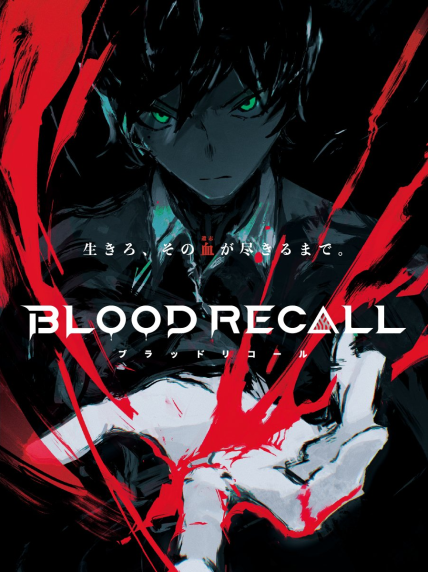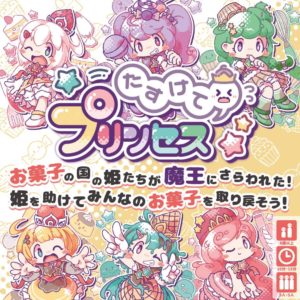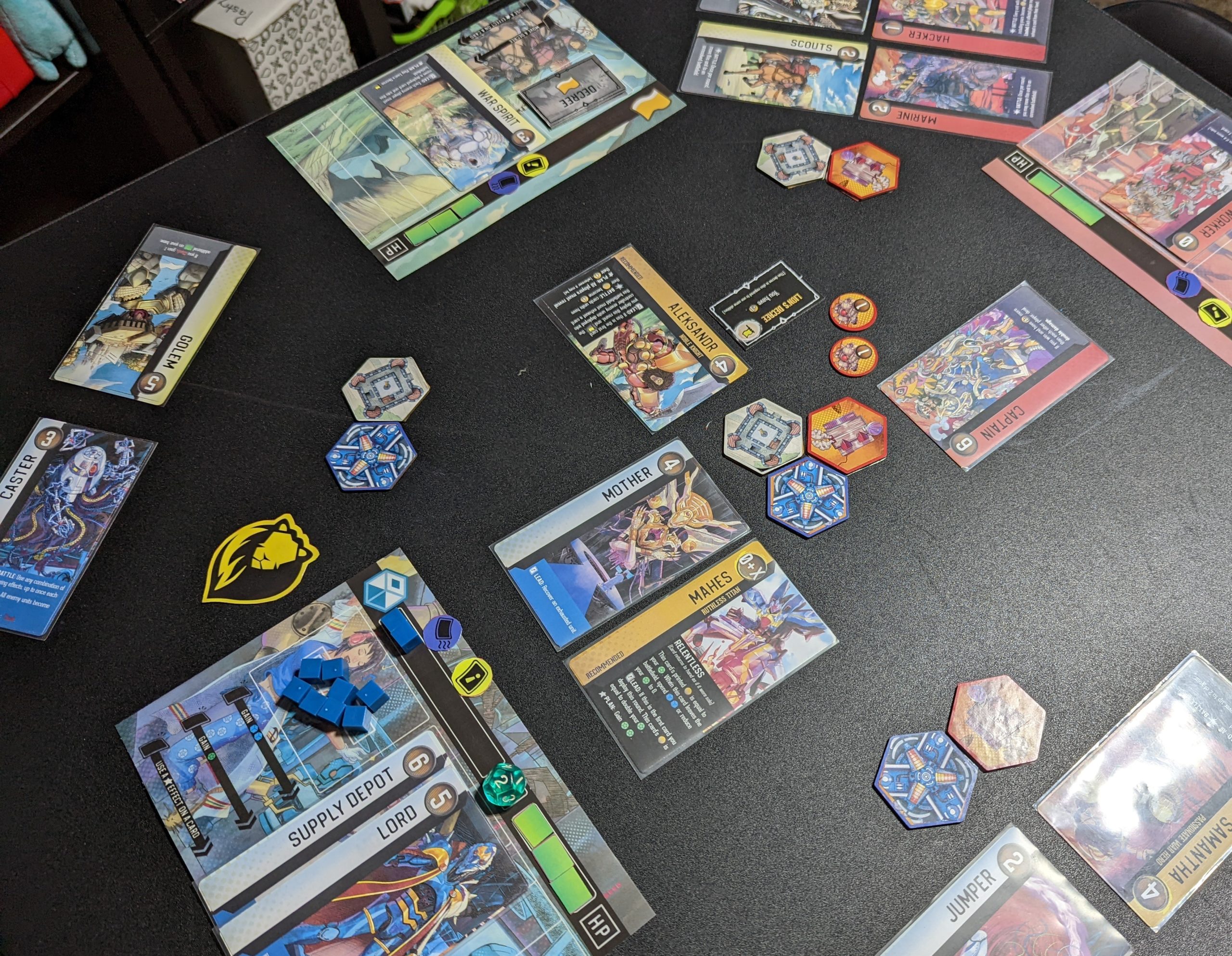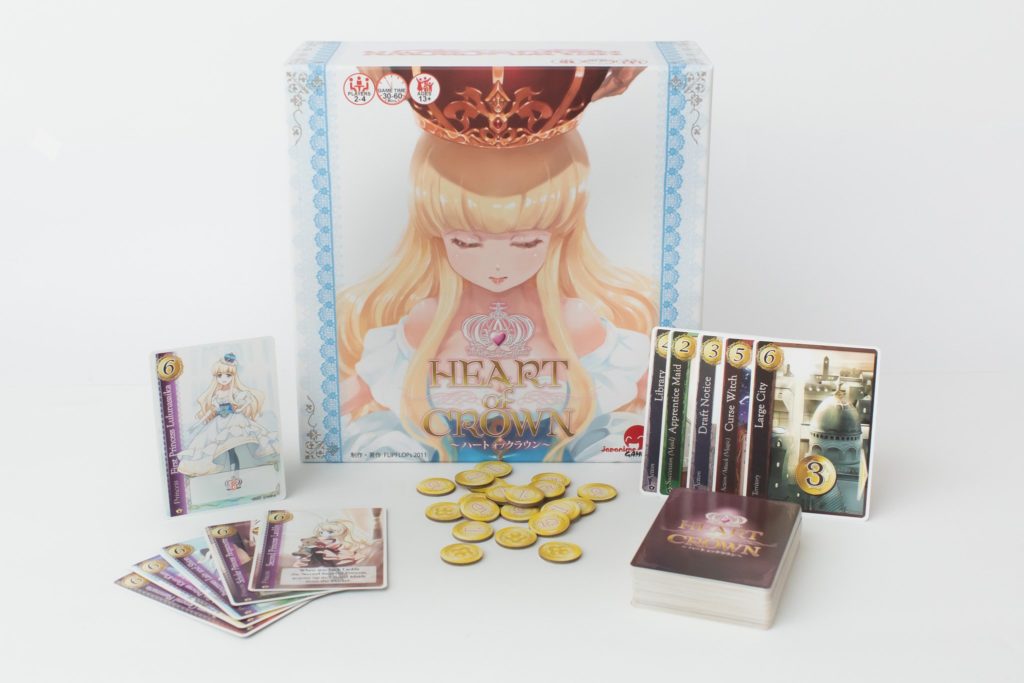
Intro
Since I mostly plan on blogging about board games, I figured a good way to introduce myself would be with a list of some of my favorite games and a bit on how I got into boardgaming. I got my start playing tabletop games around high school when I got into Yugioh. We had a small group of like 3 people that met up at lunch and after school, until we started growing and ended up with around 2 to 3 dozen people on any given day. After a while I and a couple others became more interested in the competitive aspect of the game and ventured outside of our little group. A lot of the cards we needed to be competitive were prohibitively expensive (we were high school kids) and became obsolete almost as soon as we were able to acquire them. In an effort to be able to afford them, I got pretty invested in the whole stock trading aspect of the game, and even started selling cards to the other kids who played at lunch (at fairly outrageous markup to be honest, but they didn’t know any better). Ultimately, I didn’t get very far.
Fast forward a couple years, at Anime Expo 2011, I walked into the tabletop area. It was a relatively small, poorly lit, and poorly trafficked room, with about a couple dozen bodies, in stark contrast to the rest of the convention, which was teeming with energy and people, tens of thousands of them wandering around with long lines everywhere. Wanted to get some games of Yugioh in but couldn’t really find anyone to play with but a couple boardgamers saw that I was just standing around idly and invited me over. I was hesitant to join them and my first thought was “what the fuck is this nerd shit and why is there so much shit all over the table” but they insisted it would be fun so I gave it a shot. The game was Tanto Cuore, a maid-themed deck-building game, and that was my first taste of a designer board game. I had a lot of fun. I loved its fast pace and combo-tastic card play. And you could have a complete game with all the cards for just $50 and you only need one copy of the game to play with up to 4 people? (I realize now that $50 was highway robbery for this game, especially in 2011, since you can get it via online retailers for like $30 but I didn’t know any better) I was pretty enamored with it. I immediately bought my own copy and spent the rest of the con playing it in that poorly lit dungeon.
Around the same time, I was becoming increasingly aware of Yugioh’s issues as a game. At one point games would be decided before the person going second had a chance to even play their first turn (Inzektor format, for those familiar). Balance issues aside, the game had a bunch of unchecked rules problems, like how the damage step had 7 substeps, while being itself a substep of combat, as a consequence of various poorly planned card effects, and this resulted in a strain of players who would try to rules-lawyer their way to victory by having effect interactions ruled in their favor. In general, I wasn’t a huge fan of the culture. Cheating and theft/mugging were rampant, I’ve run into actual rapists and people who beat the crap out of other people to take their cards, and seen children interact with the financial side of the game in ways that are frankly disgusting. All good reasons to quit.
I didn’t immediately jump into board gaming after that. I played around with other CCGs but never found myself all that invested in them, and got in some Tanto Cuore with people that I managed to temporarily pry away from their CCG of choice. Meanwhile, I picked up a couple board games here and there, like Gravwell and Coup, and before I knew it, I’d amassed a fairly sizable library and found a consistent group that wanted to play them at my university. Eventually, I dropped all my CCGs and jumped into board games full force, becoming more involved in my uni’s tabletop game club, getting into game design, which I even ran a workshop for, for the uni’s game development club. My tastes have shifted quite a bit over the years. Had a phase where I was mostly interested in light games, then went on a deckbuilder binge, then got into mid-weight euros. This is where my tastes have landed on:
Continue reading “Intro + My Top 5 Board Games” →









